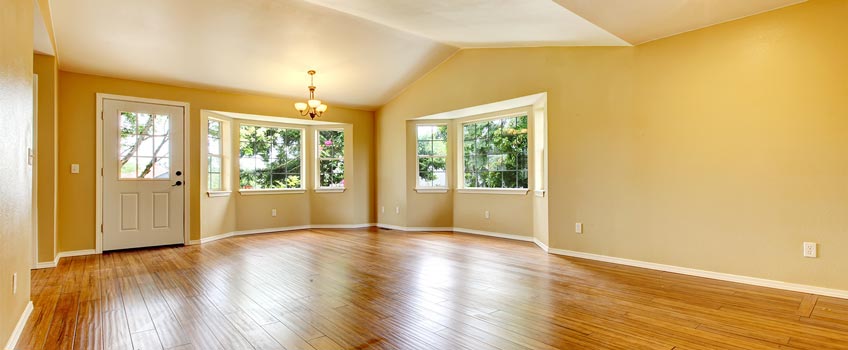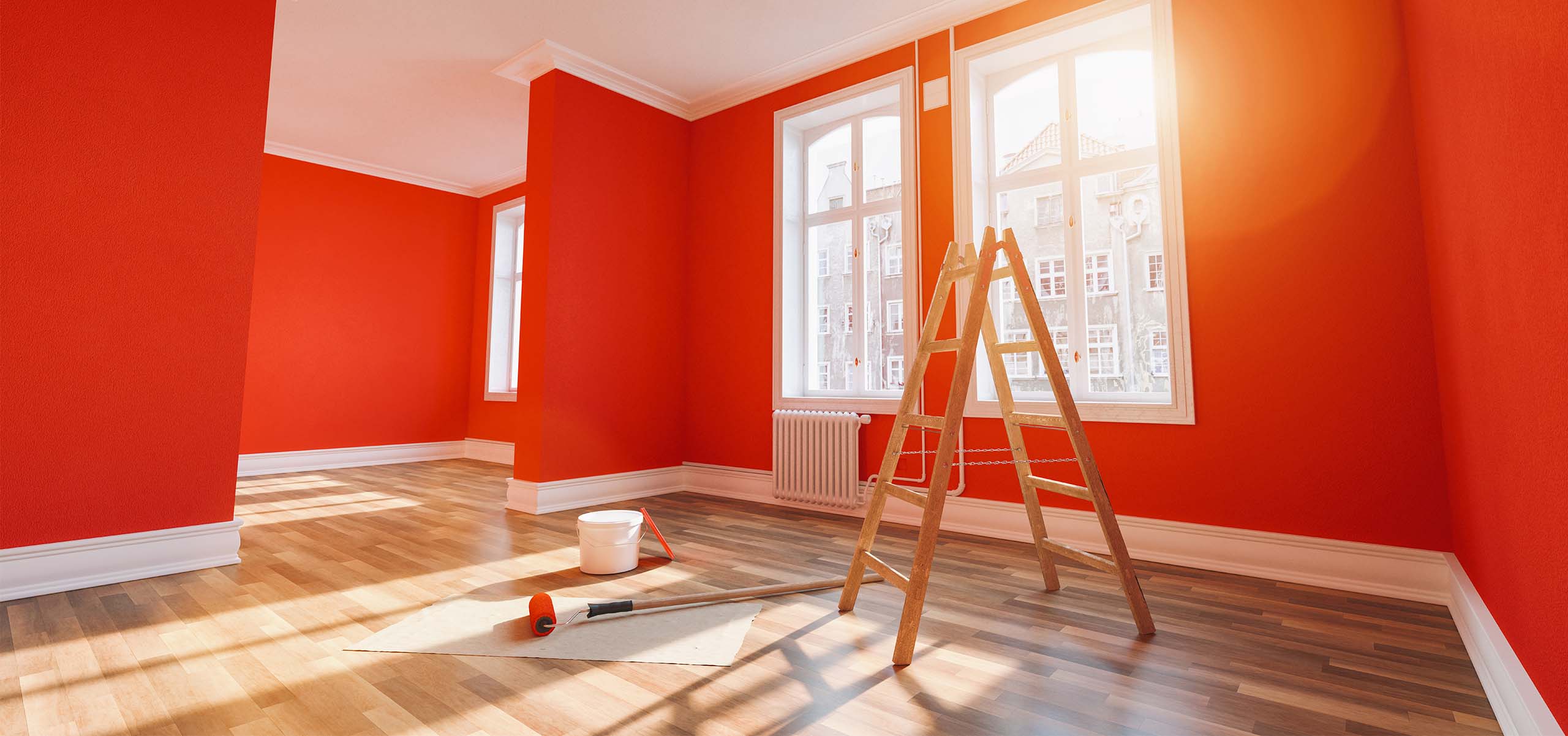Enhance Your Interior Decoration With Comprehensive Shade Examination
The integration of shade consultation into interior style presents a distinct possibility to improve and elevate the psychological and aesthetic resonance of a room. By engaging with a skilled shade expert, you can navigate the complexities of color option, making certain that your choices not just enhance architectural attributes but additionally resonate with personal design and emotional impact. This tactical partnership can considerably affect the general ambience of your atmosphere, cultivating a sense of consistency and function. Understanding the subtleties of this procedure is crucial-- what vital elements should be considered to attain optimum outcomes?
Advantages of Color Consultation

Moreover, shade examination aids in taking full advantage of natural light and enhancing spatial understanding. Lighter tones can make a space show up even more expansive, while darker shades create an intimate setting. Cleveland Metro Painting Specialists. This calculated application of shade can significantly affect the overall atmosphere of any interior space
Furthermore, expert experts possess a thorough understanding of present patterns and timeless classics, guaranteeing that the selected shades will certainly continue to be appealing gradually. This insight can conserve clients from pricey redesigns in the future. Ultimately, color assessment equips clients by providing them with a clear vision and direction, promoting self-confidence in their layout options and inevitably causing a more effective and enjoyable indoor design end result.
Understanding Color Psychology
The importance of color psychology in interior decoration can not be overemphasized, as it digs right into the psychological and psychological results that numerous tones can stimulate in individuals. Colors can affect state of mind, actions, and even productivity, making them a critical factor to consider in any kind of design project.
As an example, cozy colors such as red, orange, and yellow are often associated with energy and heat. They can boost feelings of enjoyment and convenience, making them appropriate for social areas like living spaces or kitchens. Conversely, great shades like blue, green, and purple tend to evoke calmness and harmony, making them suitable for bed rooms or reflection locations.
Furthermore, using neutral tones can create a balanced environment by permitting the bolder colors to attract attention without overwhelming the senses. Recognizing these mental influences allows developers to develop areas that not only look aesthetically pleasing but also advertise psychological health.
Integrating shade psychology right into interior decoration includes a thoughtful selection of colors tailored to the designated function of each space, inevitably boosting the general experience for its owners. This recognition is critical for attaining a unified and click over here practical interior setting.
The Shade Wheel Discussed
It comprises main shades-- red, blue, and yellow-- that can not be developed by mixing other shades. Tertiary colors result from mixing a primary and a secondary color, leading to shades such as red-orange and green.
The color wheel aids designers comprehend the connections between colors, consisting of complementary, analogous, and triadic schemes. Complementary shades, located opposite each other on Bonuses the wheel, develop vivid contrasts that can energize an area. Comparable shades, located beside one another, offer a natural and unified appearance. Triadic plans make use of 3 uniformly spaced shades, providing balance and visual interest.
Making use of the shade wheel in interior decoration not only improves visual allure yet additionally evokes certain feelings and environments, making it a vital recommendation for color assessment. Understanding these connections inevitably encourages developers to produce rooms that are both practical and aesthetically fascinating.
Choosing the Right Combination
An appropriate color plan can merge a space, boost its features, and stimulate preferred emotions. Various spaces offer different functions and need palettes that reflect their designated use; for circumstances, serene shades such as soft blues or eco-friendlies work well in bed rooms, advertising leisure.
Following, think about the natural light readily available. Light can drastically change how shades appear, so it is necessary to examine the room at various times of the day. Furthermore, think about existing building elements and furnishings. An unified palette needs to complement these functions, creating a cohesive appearance throughout the area.
When selecting shades, utilize the 60-30-10 regulation, which suggests that 60% of the area must be a dominant color, 30% a secondary color, and 10% an accent shade. This ratio ensures balance and visual rate of interest (Cleveland Metro Painting Specialists). Finally, sample shades on the wall surfaces prior to dedicating, as this allows you to see just how the hues communicate with one an additional and the total ambiance they develop in your interior decoration task.
Functioning With a Color Professional

When collaborating with a color specialist, the process generally starts with a preliminary consultation. Throughout this conference, you'll review your vision, choices, and the existing components in your space. The consultant will certainly analyze click this site your requirements and might recommend specific color schemes that straighten with your goals.
After establishing an instructions, the specialist will supply examples and aesthetic help to assist you envision the suggested color design. This step is vital, as colors can appear differently under varying lighting problems.
Additionally, a color specialist can lead you in selecting corresponding home furnishings, art work, and accessories to harmonize with your picked palette. By working together very closely, you can achieve a polished aesthetic that elevates your interiors and develops an inviting ambience. Eventually, the competence of a color professional can significantly boost the general influence of your design project.
Verdict
In recap, extensive shade appointment works as an important device for improving interior design. By leveraging professional understanding of shade psychology and spatial characteristics, a customized shade scheme can be developed to stimulate certain feelings and create a harmonious setting. This critical strategy not only cultivates a cohesive layout narrative but also alleviates the risk of pricey redesigns. Eventually, engaging with a shade consultant makes certain a notified and cosmetically pleasing outcome, raising the total experience of the space.
By engaging with a skilled shade professional, you can browse the intricacies of shade selection, making sure that your selections not only enhance building functions yet also reverberate with personal style and mental effect. It comprises main colors-- red, blue, and yellow-- that can not be produced by mixing other shades.The color wheel helps developers grasp the partnerships in between colors, consisting of complementary, analogous, and triadic plans.When choosing shades, make use of the 60-30-10 policy, which suggests that 60% of the room must be a dominant color, 30% a secondary color, and 10% an accent shade. By leveraging expert knowledge of color psychology and spatial dynamics, a customized color palette can be created to stimulate certain emotions and produce an unified setting.